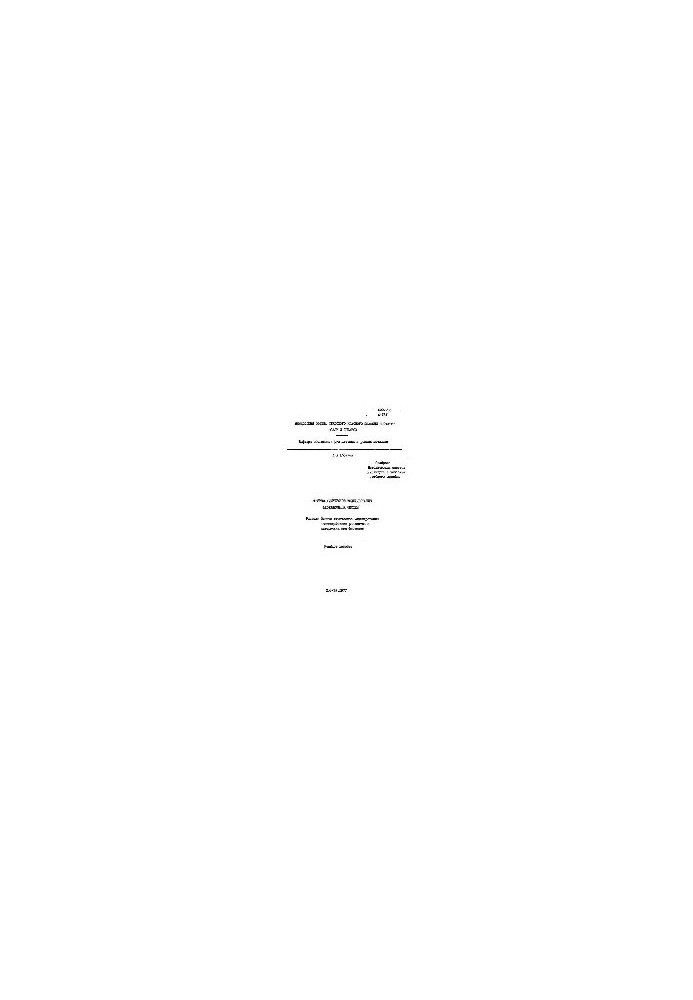Physico-chemical modeling of flotation systems. Section: physico-chemical modeling of reactants interaction with the miner
 Instant download
Instant download
after payment (24/7)
 Wide range of formats
Wide range of formats
(for all gadgets)
 Full book
Full book
(including for Apple and Android)
Physical and chemical modeling of flotation systems . Section: physico-chemical modeling of the interaction of reagents with minerals by Abramov A. A. is a unique study that immerses the reader in the world of complex processes occurring in flotation systems. This work will be of interest not only to specialists in the field of mining and metallurgy, but also to everyone who seeks to understand how physical and chemical interactions affect the efficiency of flotation. In his book, Abramov explores key aspects of the interaction of reagents with minerals, which is the basis for optimizing flotation processes. It offers the reader an in-depth analysis of various factors affecting flotation efficiency, such as chemical composition of reagents, physical properties of minerals, and process conditions. The reader will be able to learn how to choose the right reagents to achieve maximum output of minerals, as well as how to minimize losses during processing. The book will be especially useful for students and graduate students studying mining sciences, as well as practicing engineers and technologists working in the field of mineral enrichment. It will become an indispensable reference material for those who want to deepen their knowledge in the field of physical and chemical modeling and flotation technologies. It may also be of interest to researchers working on new methods to improve flotation efficiency and reduce the environmental impact of processes. The topics raised in the book cover a wide range of issues, including the theoretical foundations of flotation, practical aspects of the use of reagents, as well as modern methods of modeling processes. Abramov emphasizes the importance of an integrated approach to the study of flotation systems, which allows not only to increase the efficiency of processes, but also to reduce processing costs. Readers will be able to evaluate how the physicochemical properties of reagents and minerals affect the interaction in the flotation process, and how this knowledge can be applied in practice. The author's style is distinguished by clarity and accessibility, which makes complex scientific concepts understandable to a wide audience. Abramov uses many illustrations and graphs, which helps to visualize the ideas presented and facilitates understanding of the material. His previous work has also been noted for its high level of scientific rigor and practical focus, making him one of the leading experts in his field. The book "Physical and chemical modeling of flotation systems" is not just a textbook, but a real guide to the world of flotation technologies. It opens up new horizons for understanding processes that seem to have already been well studied, and offers a fresh perspective on habitual methods. Readers interested in deepening their knowledge of flotation will be able to find in this book a lot of useful information that will help them in their professional activities. If you are looking for literature on flotation, physicochemical modeling or mineral enrichment, Abramov’s work will be a valuable source of knowledge and inspiration for you. Do not miss the opportunity to immerse yourself in the fascinating world of science and technology that this book opens!
LF/551101091/R
Data sheet
- Name of the Author
- А. А.
Абрамов - Language
- Russian
- Release date
- 1977



























